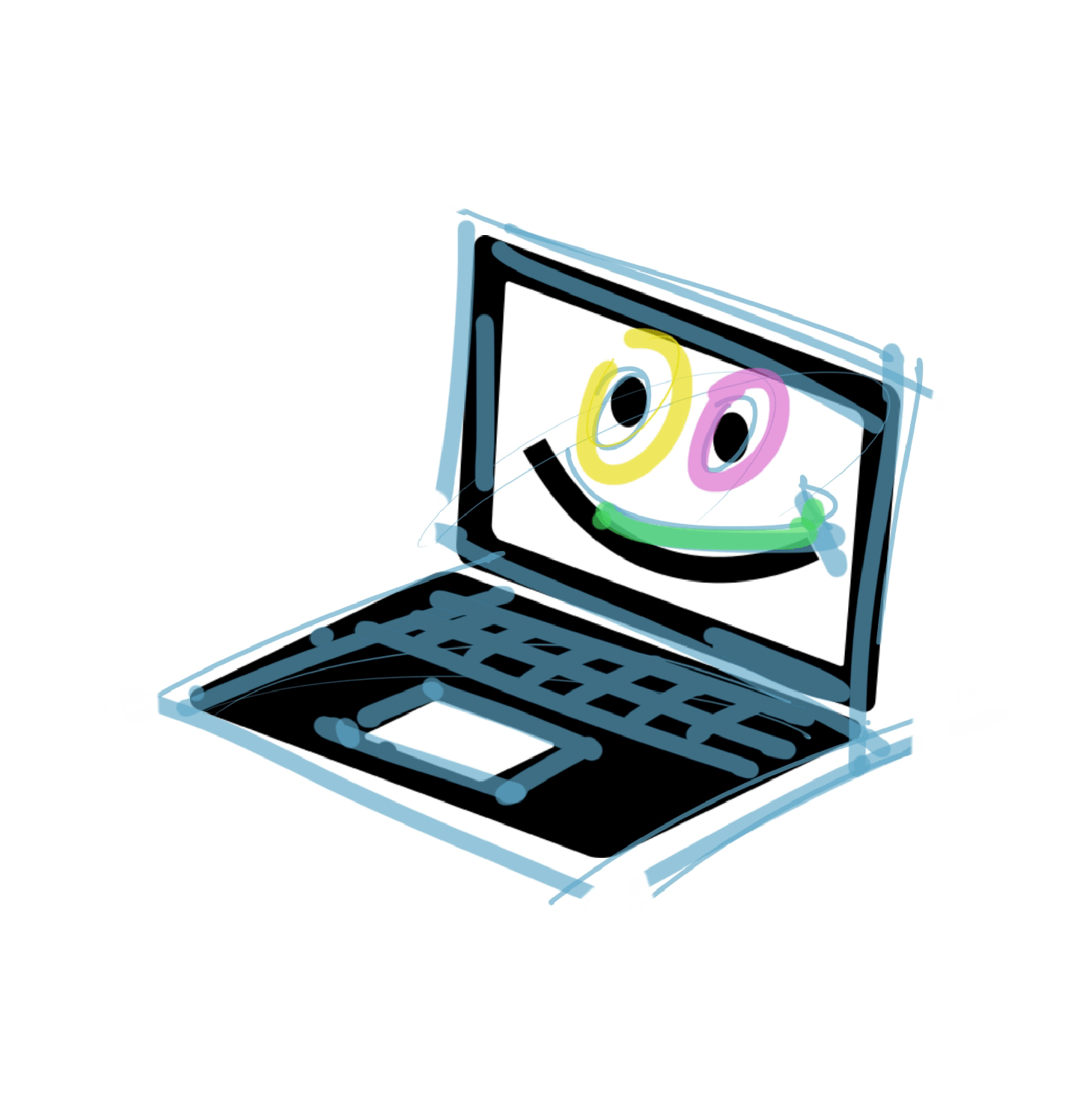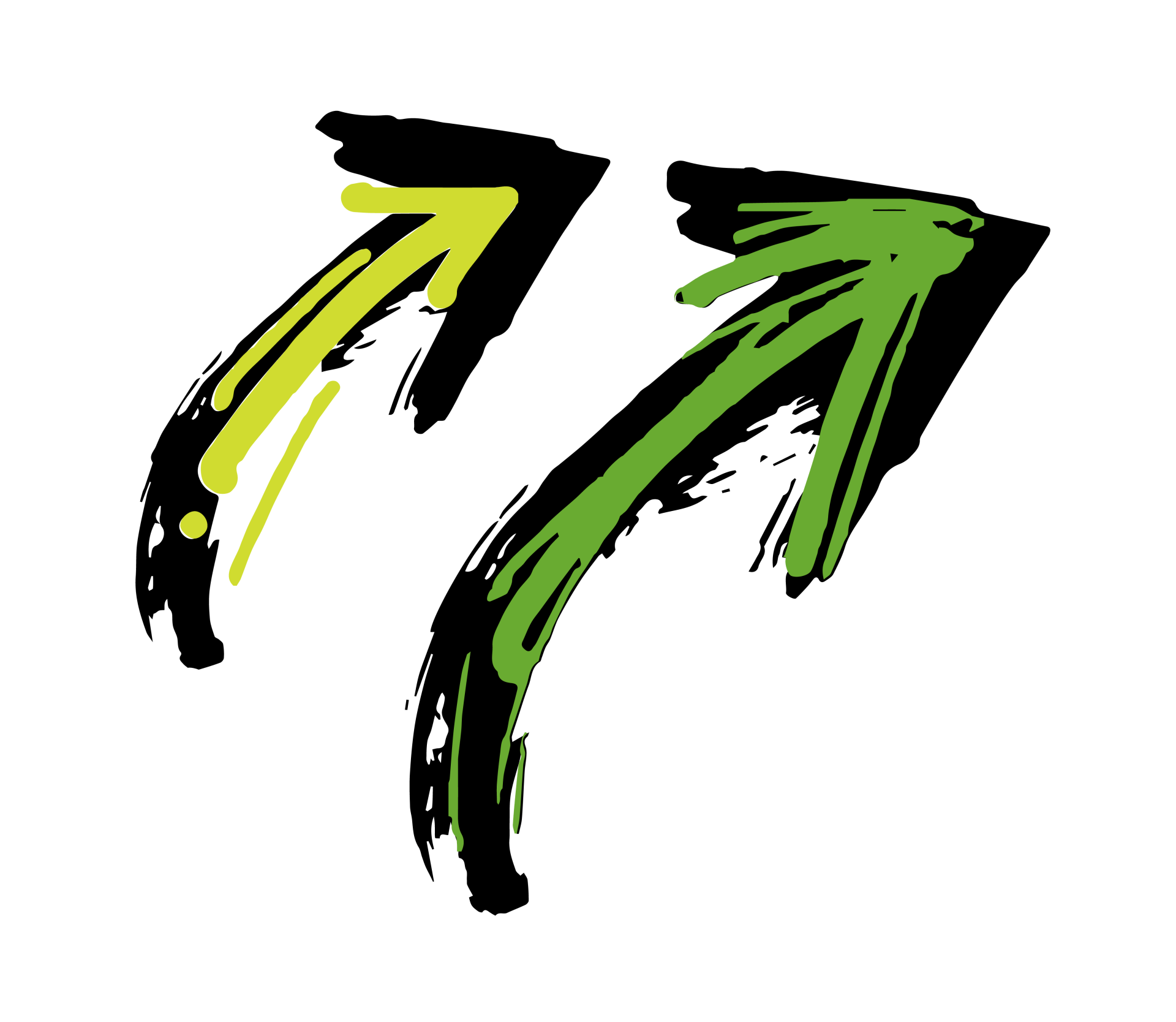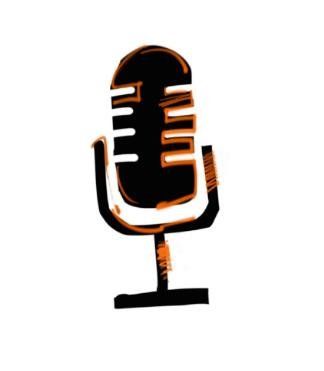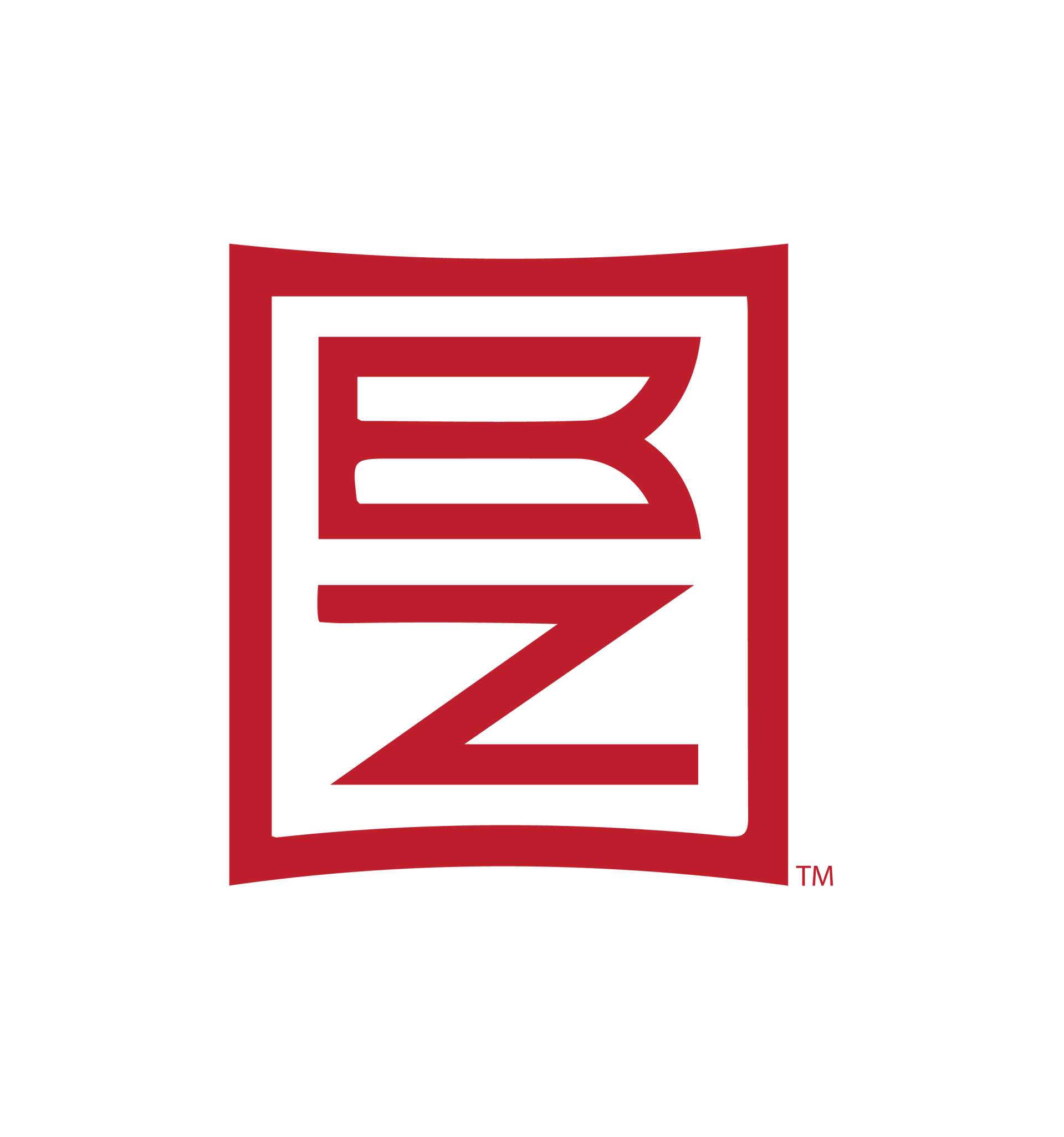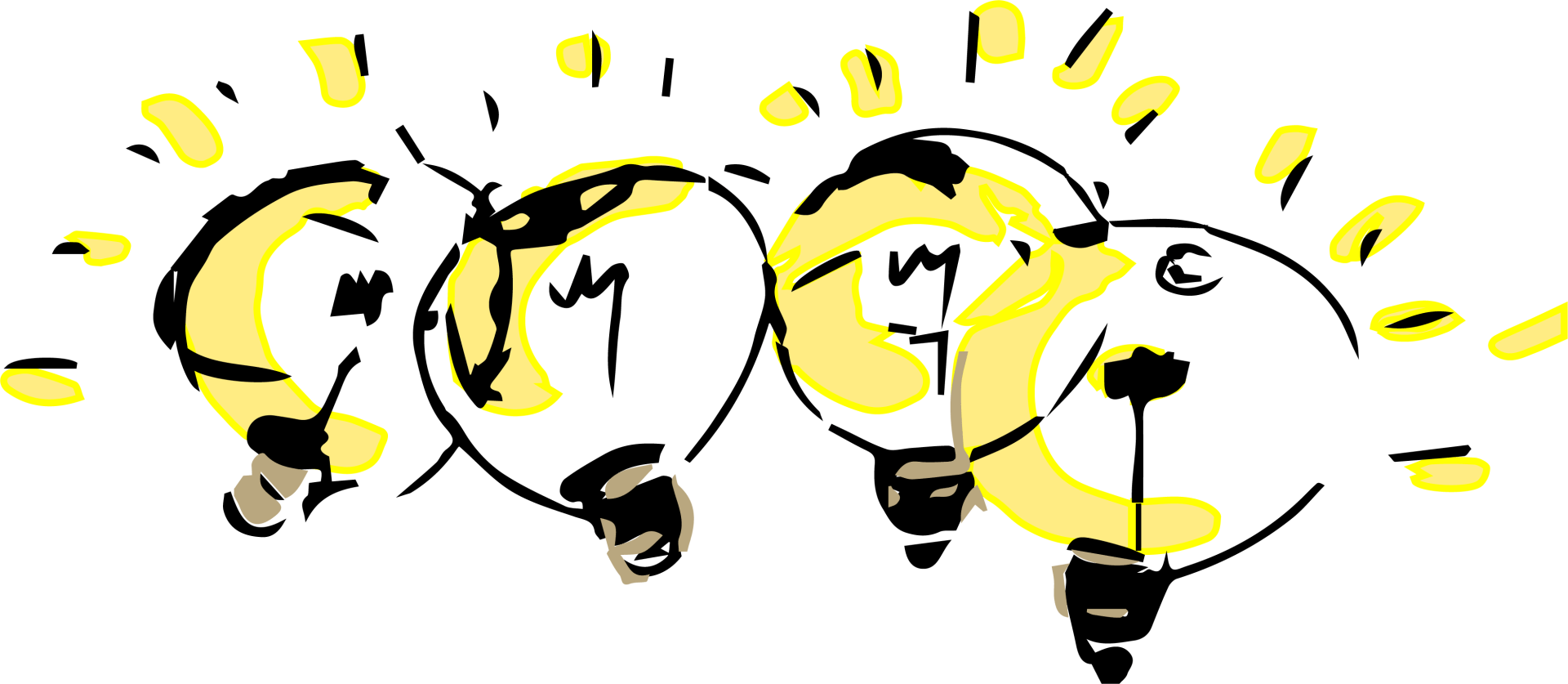One of the easiest ways to be a successful entrepreneur in this day and age is through print on demand. Before the days of the internet, print on demand would've been practically impossible. However, since the majority of the world is online, print on demand has become a booming industry.
What is Print on Demand?
Print on demand (POD) came after the widespread invention of digital printing methods. Initially, POD was a method for authors to self-publish their works without having to pay for a large order of printed copies. Before digital printing, printing would have to be done in large quantities if the print shop wanted to remain profitable. Instead, with print on demand, an author would send out their work to a print shop and copies would be printed as the orders were made by customers. This allowed an author to be able to sell their book without any massive up front cost or a large publishing contract. Additionally, the author would not need to pay for warehousing and logistics, as the printer would ship the books to customers as they were ordered. This allows for a much more streamline process with little overhead and makes it easier for authors to become published.
In recent years, however, POD as an industry has grown to include not just books, but also apparel, home accessories, phone cases, stickers, posters, kitchen equipment, and much more. Essentially, if it can have a logo printed on it, it can be made on demand. In fact, as POD has become more popular, more companies have sprung up offering POD services allowing costs to lower to the point where anyone can become an entrepreneur selling branded merchandise.
Print on Demand Publishing
Until recently, printing a single copy of a book was highly unlikely. In the past, traditional publishing houses had to publish hundreds, or even thousands, of copies of a book to avail of the best price possible. After printing, the books are then sent to bookstores. Those books that are not sold are stocked in warehouses perhaps waiting to be shipped when orders come in. But if no orders come, this can be a big loss to the publisher as these unsold books are part of their investment. This is probably why many publishers are careful in taking on new authors. They always want to be sure to get the value of their investment and not waste it.
Print on demand (POD), on the other hand, uses a different process. As the name implies, publishers have to print only a single copy of a book when an order arises, rather than produce it in mass copies. But unfortunately, when authors choose POD publishing, their books will never be available in bookstores. Additionally, authors have to do the marketing themselves, and can expect that some book critics would never consider their books as true publishing credits.
However, regardless of the downsides of POD publishing, there are still individuals who think that POD is right for them. If you choose this route, there are several factors you need to consider, such as the cover cost, set up cost, royalty payments, distribution, and control, among other considerations. Keep in mind that since POD publishing involves printing one copy of book at a time, printing costs are naturally higher per unit than they are with mass printing.
Additionally, most companies also have set up fees to publish your book. If you opt for a lower set up cost, carefully review the arrangement, as a lower set up cost means higher cover prices and lower royalties on average. So before you sign a contract with the POD company, see to it that the publisher explains to you thoroughly how much it costs to print a copy of your book and how much you will receive per sale of the book. Also, thoroughly read the website of the publisher that you are considering, and ask them to send you a copy of the contract before getting that print job started. When you have learned all of this information, it's time to start hunting for the right POD publisher and getting your book distributed as soon as possible.
Getting Started in Self Publishing
While many would-be authors aspire to publish a book, the reality is, most never do. There are many reasons this occurs, but one of the most prevalent is that those who might write a book have heard that only very few book proposals are accepted by publishers. With such a huge barrier to entry, some don't even attempt it as a result.
Fortunately, thanks to advances in technology, particularly in regards to the publishing industry, it has become much easier for an aspiring author to have a published book. The costs associated with printing a small number of books has decreased substantially, thereby allowing more people to become authors, as they no longer have to pay the high minimum costs that once characterized the book printing industry.
Now that authors are able to get published for a lot less money out of pocket, it is imperative that they be made aware of these new parameters, so they can entertain the possibility of finally making their dream a reality. Let's examine a few paths an author can take, in order to become published.
The first path an author can take to become published, is the path that has been in existence for decades. Namely, an author can present their book to a huge publishing house and attempt to get it published. But the problem, of course, is that the these huge companies generally do not publish unknown authors, or if they do, the author needs a literary agent in order to even have their proposal considered. Yet, these big publishing houses are well established and thus well respected, which means the author's book will be perceived to have greater credibility, and will receive preferential treatment on the bookshelves and in the racks of book stores.
The second suggested path an author can take, is to submit their book proposal to a smaller publisher. Publishing houses in this category are growing in number daily, and many of them focus on just one or two specific genres. Whether they are unknown or well known, they will all, generally speaking, have wide distribution channels, which means any author taking this route could potentially share shelf space with books from major publishing houses. Authors using this path do not need a literary agent.
The third path, which many find to be the most desirable and beneficial, is self publishing. With lower minimums needed now, in order get a book published, authors can print their books much more easily and quickly, and for much less money. As a result, it is estimated that 90% of all books being published today are self published. While an author's book proposal won't get rejected using this path, the disadvantages are that there is less perceived credibility, and more limited distribution channels.
Regardless of the path an aspiring author takes to become published, the burden of marketing is still on the author. Even authors whose books are published by major publishing houses, still must work to promote and sell their books. But the increase in publishing options for budding authors is definitely beneficial, and helps to level the playing field.
Self Publishing and Its Challenges
By choosing to become a published author, you are choosing one of the best ways possible to position yourself as an expert in your field. You will, of course, have the distinguished title of being a published author, but the book itself will demonstrate your expertise in its best and most organized format. And perhaps the biggest advantage of all is that your book permits your readers to be introduced to your expertise without you doing a thing. Obviously, you have to put in the work upfront to write it and get it published. And it must also be marketed. But once those tasks have been completed, you can allow your book to speak for you, and allow your readers to read it at their convenience.
Yet, in spite of these benefits, there are some misconceptions, the biggest one being that authors assume that the provider of the self publishing service does the marketing. Untrue. The responsibility falls squarely on the author--even when the author takes a more traditional publishing route, and publishes through a publishing house. And that’s a rude awakening for most aspiring authors.
Marketing is no easy task, and the biggest priority of publishers considering your book proposal is, surprisingly, your ability to market your own book, and not the quality of your writing or the brilliance of your idea. Publishers, when they evaluate your book proposal, are considering your audience and your following. They call it your platform, and it refers to what you are doing on a daily basis that puts you in front of potential buyers.
The best thing you can do to increase the odds of your book proposal getting accepted by a publisher is to build your platform. Whether that includes workshops and seminars, press releases and media publicity, interviews and special events, blogging and podcasting or internet marketing, publishers need to know you have a strategy to promote your book and the tools necessary to pull it off.
If you don’t have a platform when you submit your book proposal, it won’t even get a second glance. It is therefore critical that you get the process started early. Offer workshops and seminars. Develop a website and build awareness and traffic. Use press releases to announce events or special milestones. Write articles, both online and off. Look for speaking engagements to build credibility and gain exposure. These are the things publishers will favor when evaluating your proposal.
Another misconception about getting a book published is that you’ll make money in the process from the very beginning. Unfortunately, this is rarely true on the first book. As an unproven author, you won’t be able to negotiate a big percentage in the book deal and the marketing campaign will devour most of the profits. The primary objective behind your first book should be to build credibility, gain exposure and validate your abilities as an author, including marketing. If you succeed, you’ll get a much better deal on your second book and that’s where you can start making money.
Publishing a book can be one of the best steps a person can take when developing a business. It sets you apart from the vast majority of others in your field and people will thus you differently. Just make sure that you are being realistic about the process.
Self Publishing: Things to Think About
If you are considering becoming a published author, self publishing might be the best way to publish your book. There are several advantages to self publishing that you might not have considered.
First, and most important, self publishing places you firmly in control of your book. Conversely, when a traditional publishing company agrees to publish your book, they make many decisions regarding the editing of the manuscript, the cover, the title and the marketing that can impact not only how well your book will sell but also how it will be received by the reading public.
Self publishing is also faster than traditional publishing. With the traditional publishing process, it could take over a year to find a publisher interested in even reviewing your book proposal, and several more months before going to contract. After the contract is signed, it could easily take another 18 months before your book gets released to the public. That is a long time to wait.
Self publishing also allows you to retain all the profits from your endeavor. While you may have to put some money in up front (depending on the method you use to self publish your book) you will not have to wait for years, or even months, before you begin to receive any income. Most publishers only pay royalties once or twice a year and then those royalties are only a small percentage of the book price. When you self publish your book, once you have covered any publication costs, everything you earn is pure profit.
Finally, it cannot be overlooked that self publishing offers you an opportunity to become published--an opportunity that you might not otherwise have. The simple fact is that traditional publishing is highly competitive, and many worthwhile manuscripts (and authors) cannot find a publishing home although there may well be an eager and receptive audience for that book.
However, self publishing may not be for everyone. If you are still struggling with your writing and voice, or your manuscript still needs polishing, then you should continue to work on your book and perhaps bring in the assistance of a critique group or professional editor. Self publishing a book that is not yet ready for publication could be a costly mistake. If your manuscript has been polished and well received by several critical readers then you should at least consider self publishing your book.
Not only does self publishing offer you the advantages of complete control, faster publication, and higher profits, it is easier and less expensive than it has ever been before, thanks to modern technology. Self publishing could be the outlet you need, to become a published author.
Why Sell Physical Products
In this age of digital products, selling physical products has become less and less prevalent. However, we are actually beginning to slowly see the return of the buying and selling of physical information products. Why? There are a few reasons for this reversal, and why selling physical products is something you should consider.
One of the reasons you will want to consider selling physical products, is because of the increase in refund rates for digital products. Even with solid products that are top quality, sellers are unfortunately seeing a higher return rate on the digital products they are selling to their customers. Sometimes buyers are confused on what they are actually purchasing--because an image showing a physical book, or DVDs, or a boxed bundle is often what a buyer is shown on a sales page, they sometimes think they will be receiving an actual physical product in the mail.
Or, sometimes buyers do not perceive digital products to be high quality, whereas they perceive the value of physical products to be higher quality--even if the content of the physical product is identical to the content of the digital product. Also, an important consideration in selling a physical product, is that a buyer is undoubtedly a lot less likely to go through the effort of boxing up a physical product to return it, than they would be if the product is digital, which is a very simple return to request.
Another reason to consider selling physical products, is because it is a way to differentiate yourself from your competitors. Obviously, if all sellers of information products make the switch to selling physical products, then you will lose this edge. But for the time being, selling physical products to your customers can set you apart from those sellers offering only digital products.
A third reason to consider selling physical products, is because it gives you the ability to potentially earn more money per buyer. You can offer a physical product as an upsell or post-sale purchase on a digital product. You are undoubtedly well aware of the benefit of gaining more money per customer, as opposed to attempting to increase your sales by attracting more customers--the best customer is the one you already have, that you have already spent money marketing to, and who already knows and trusts you.
Finally, a good reason to consider selling physical products, is because of how appealing they are to affiliates. In selling physical products, you can offer higher commissions to your affiliates, and offer increased bonuses in the effort to gain super affiliates. Your affiliates recognize the fact that you will have lower return rates by selling physical products, which is of course appealing to them.

